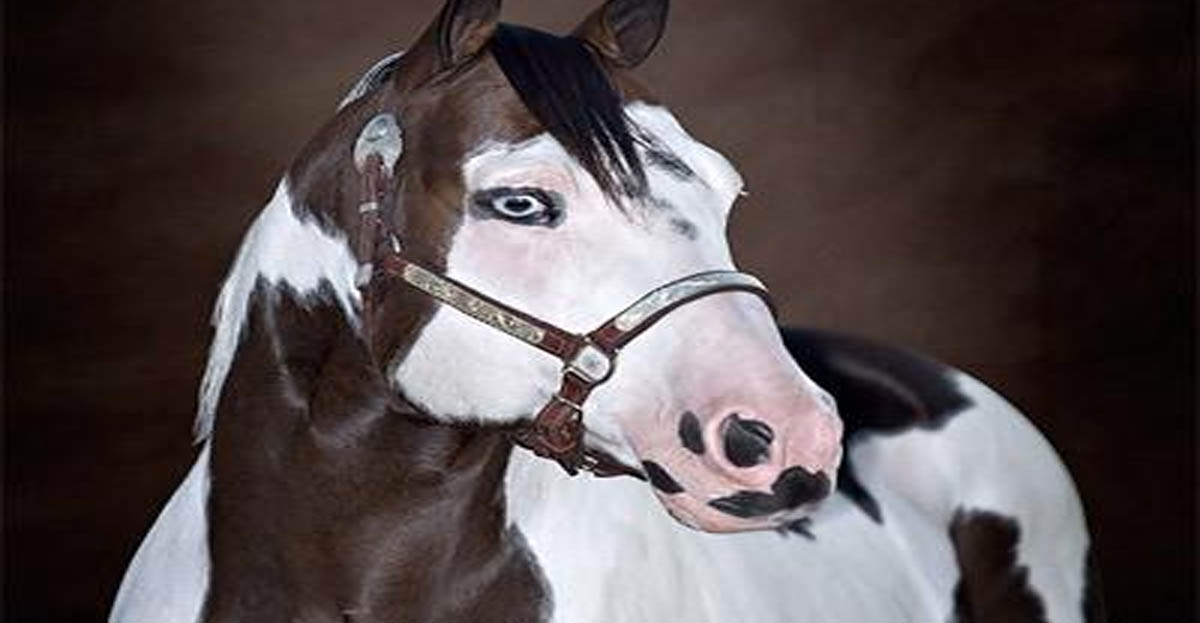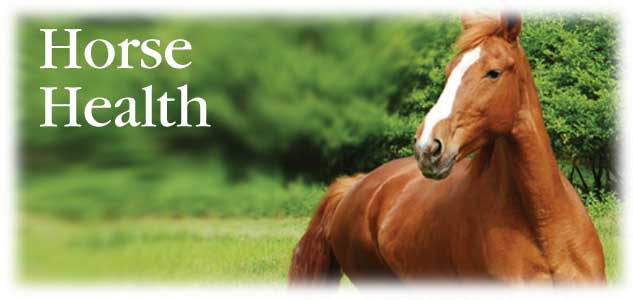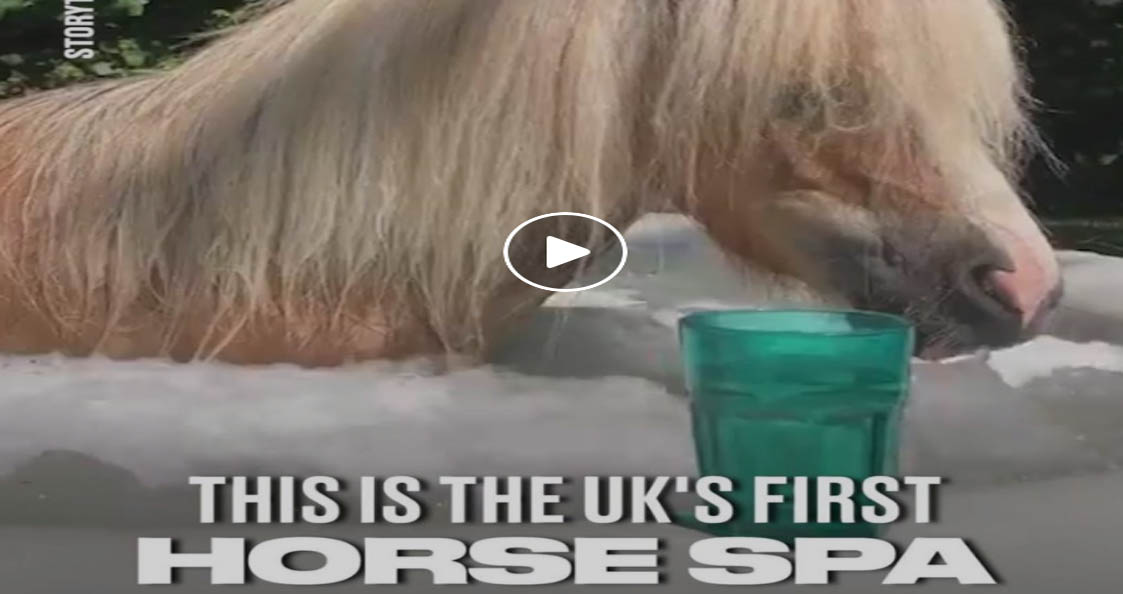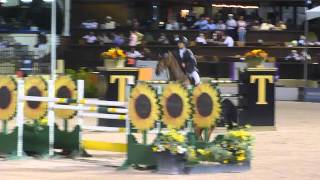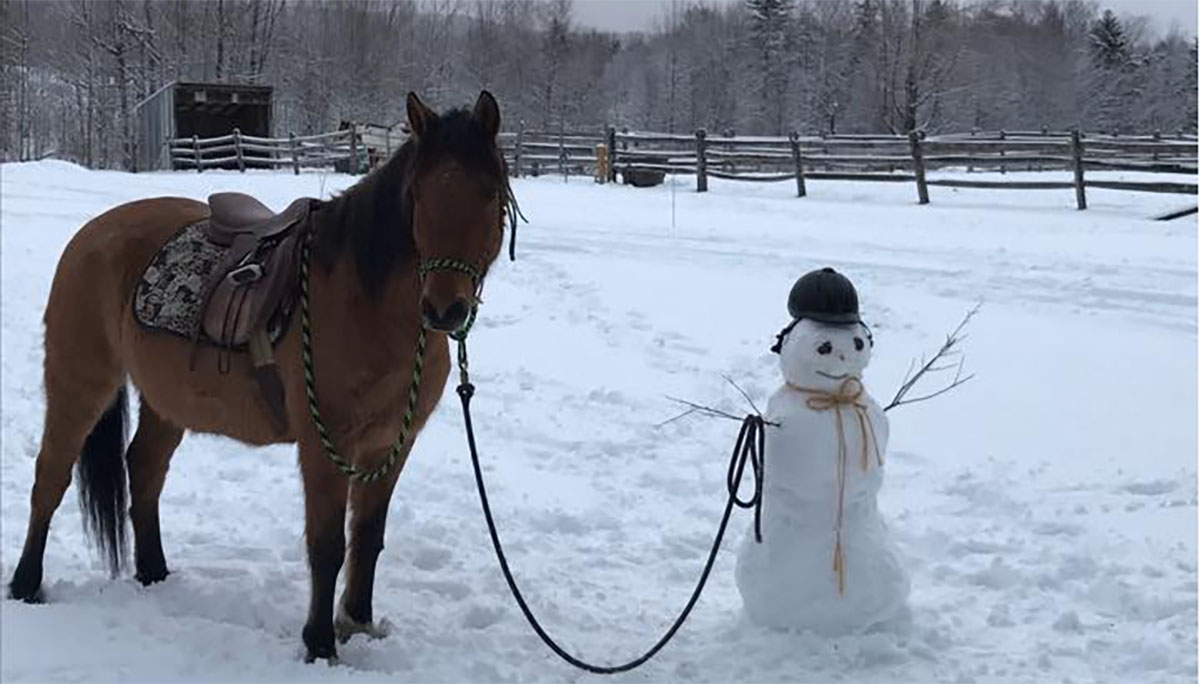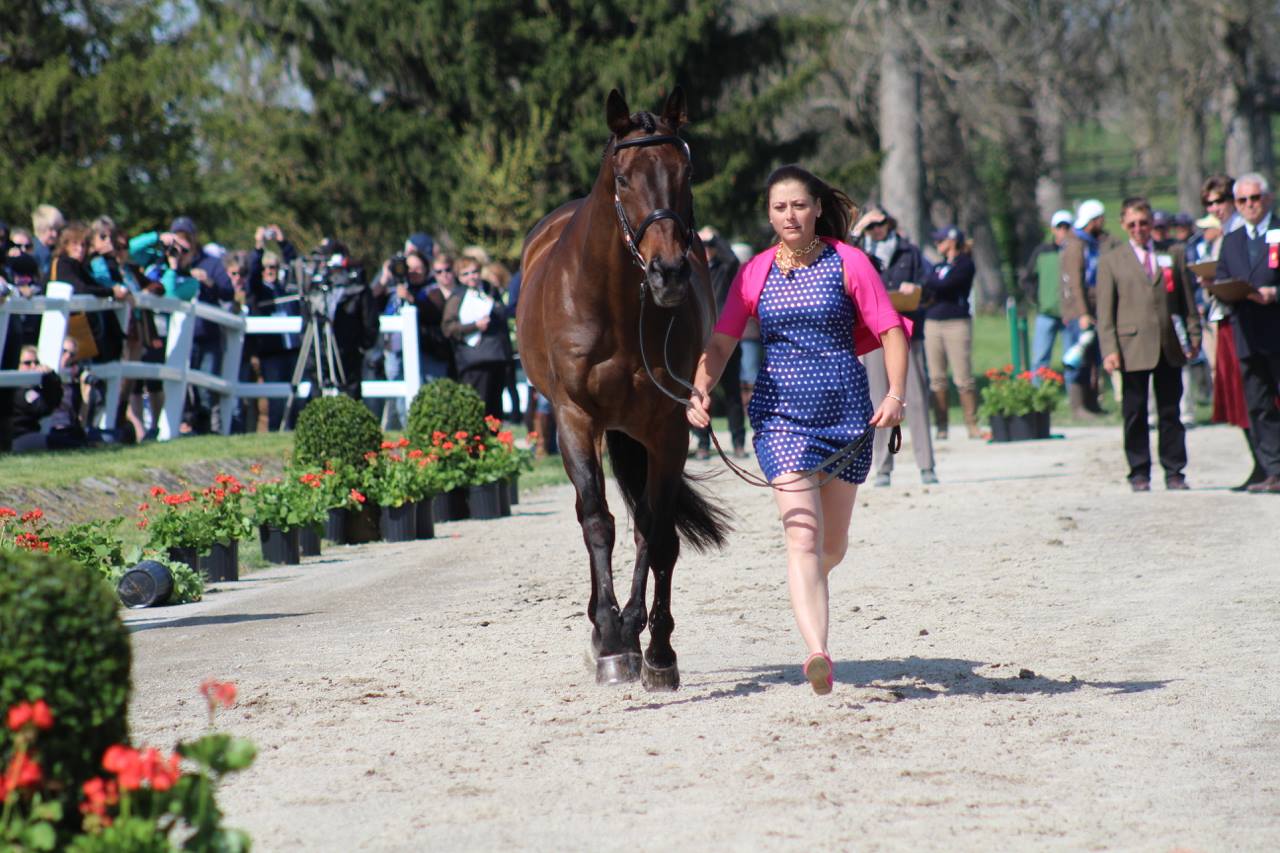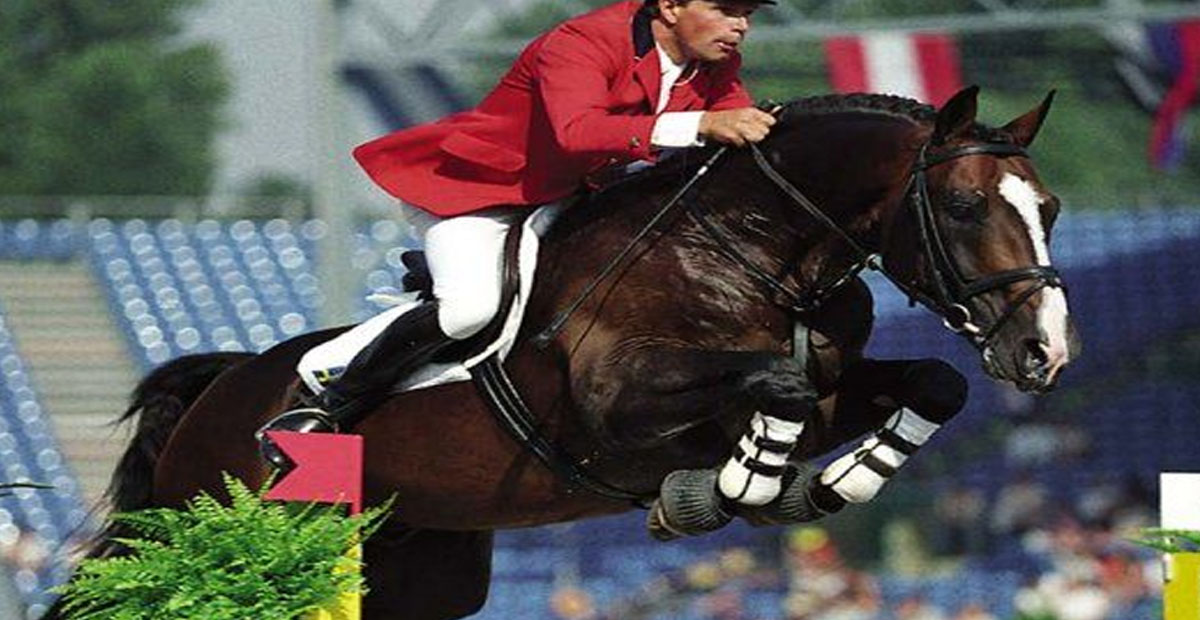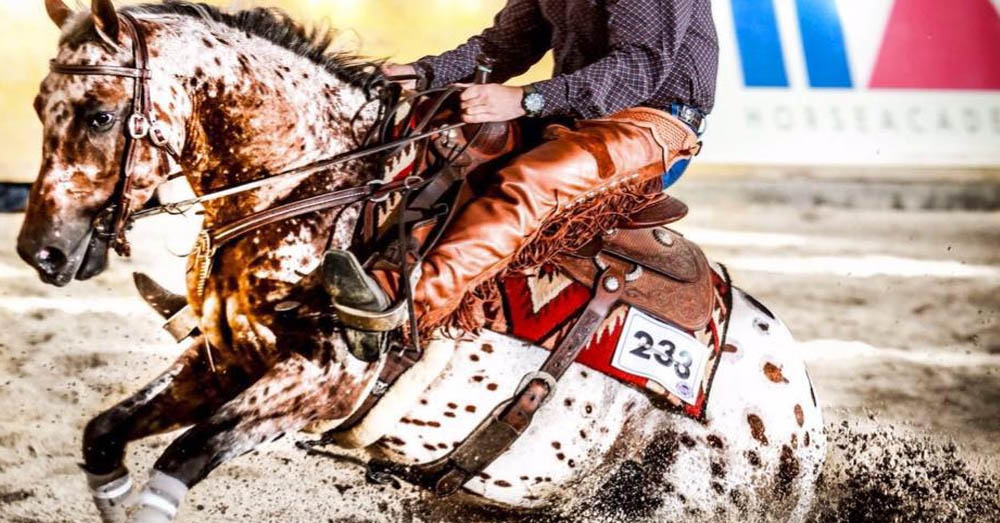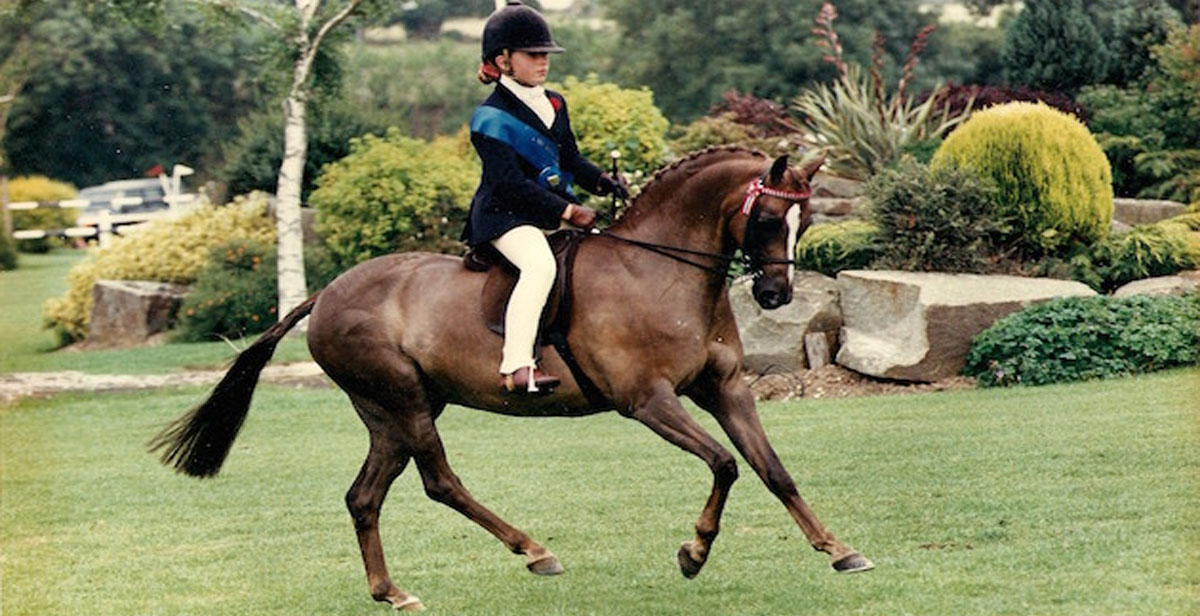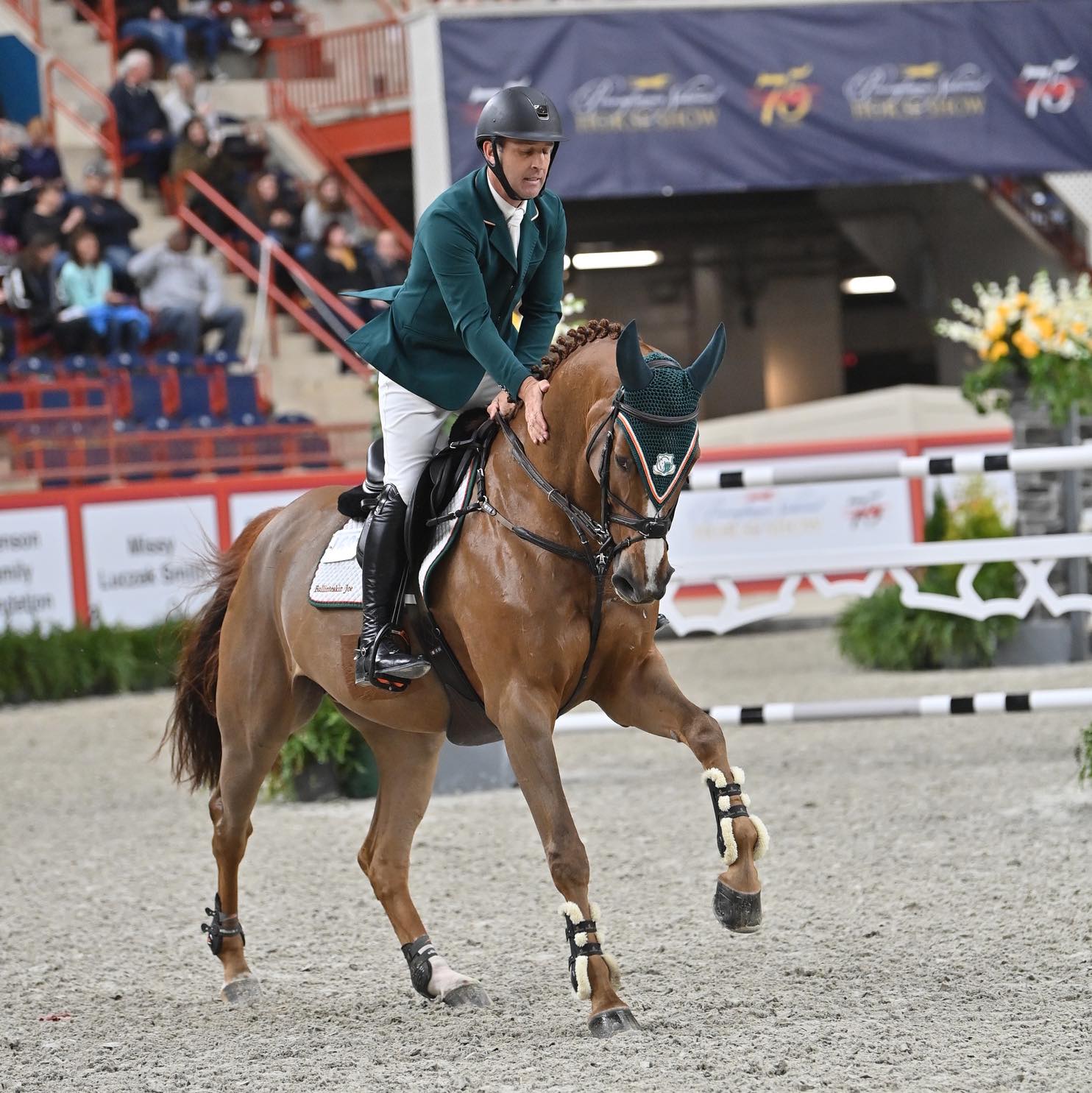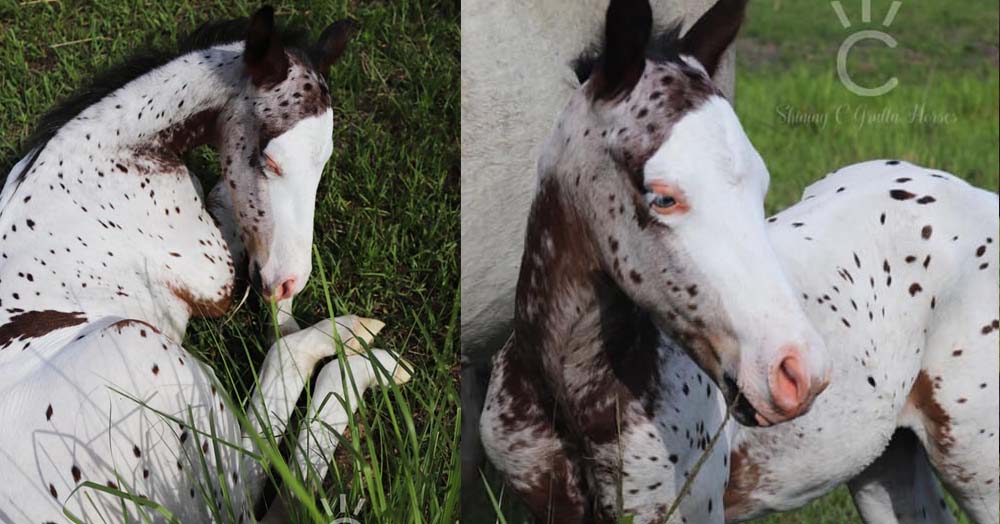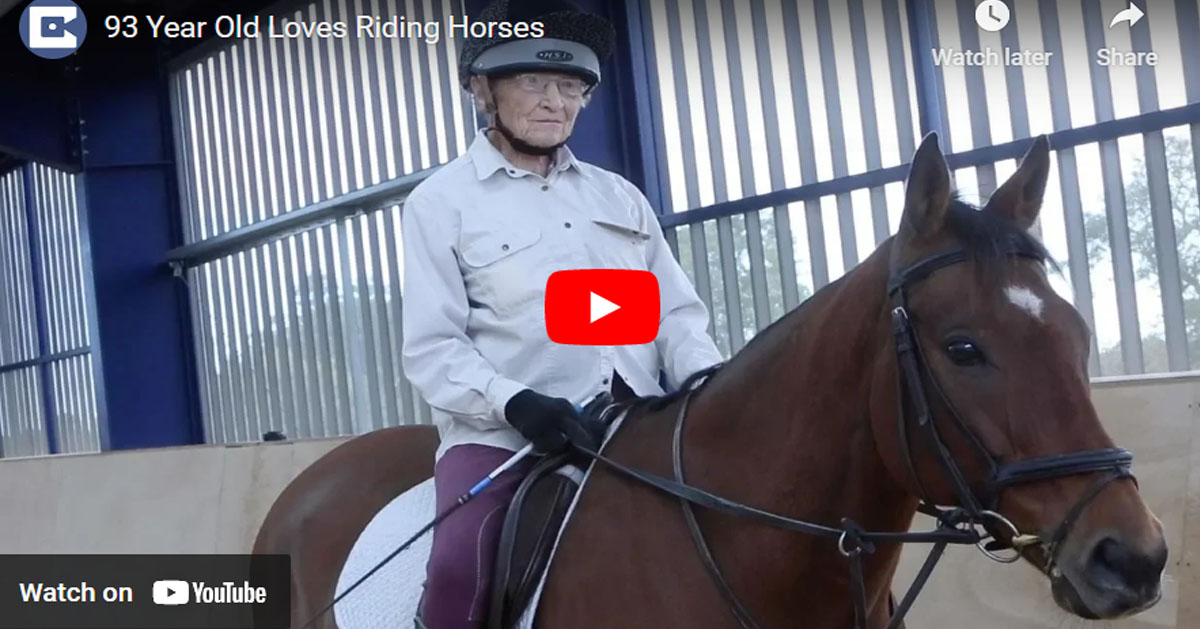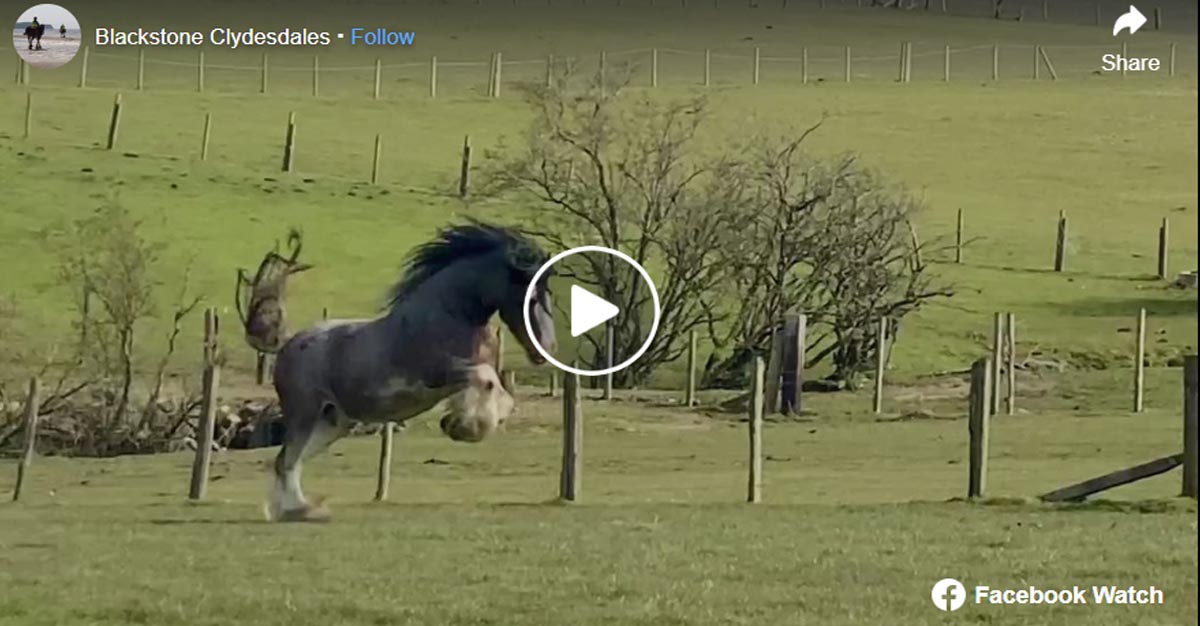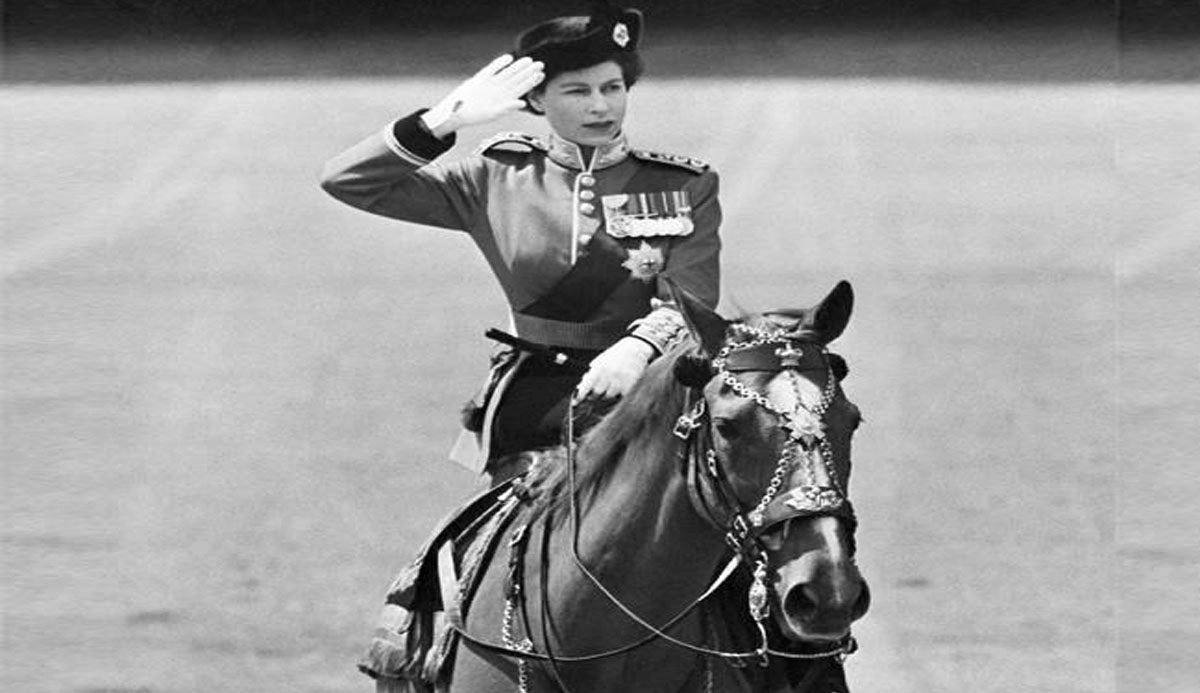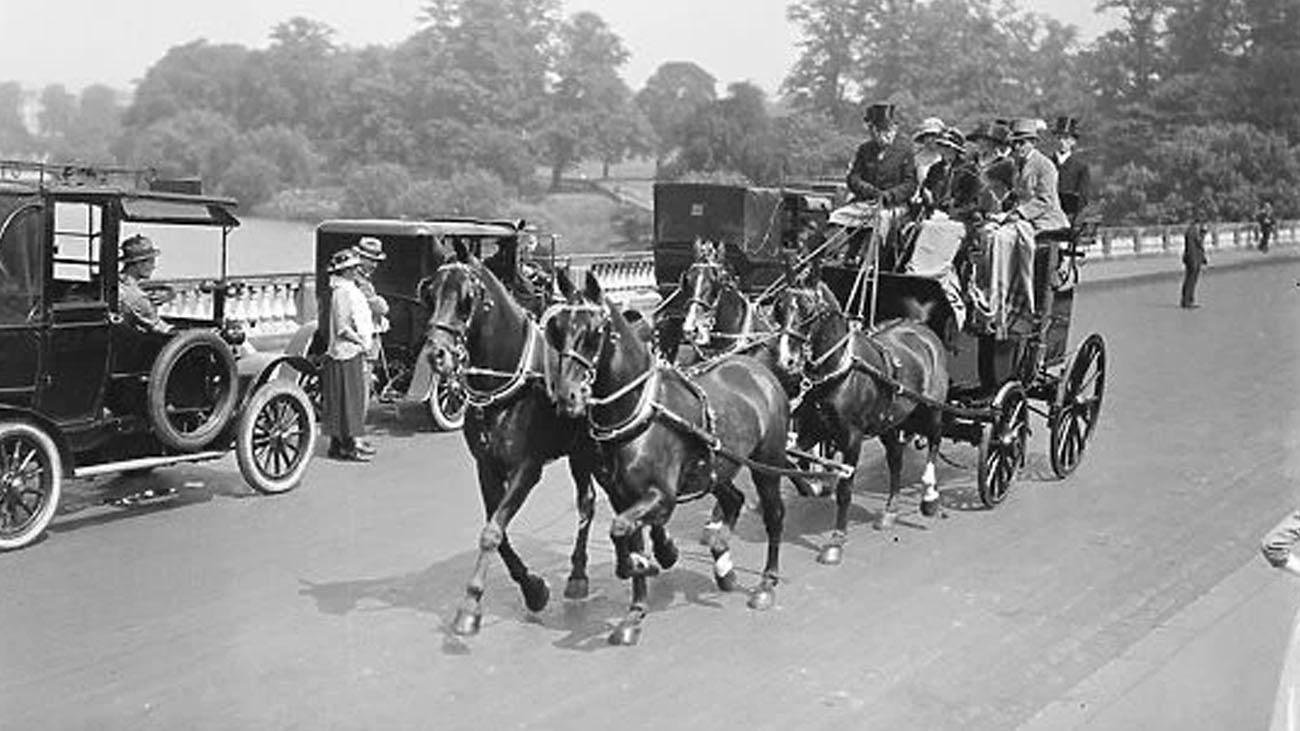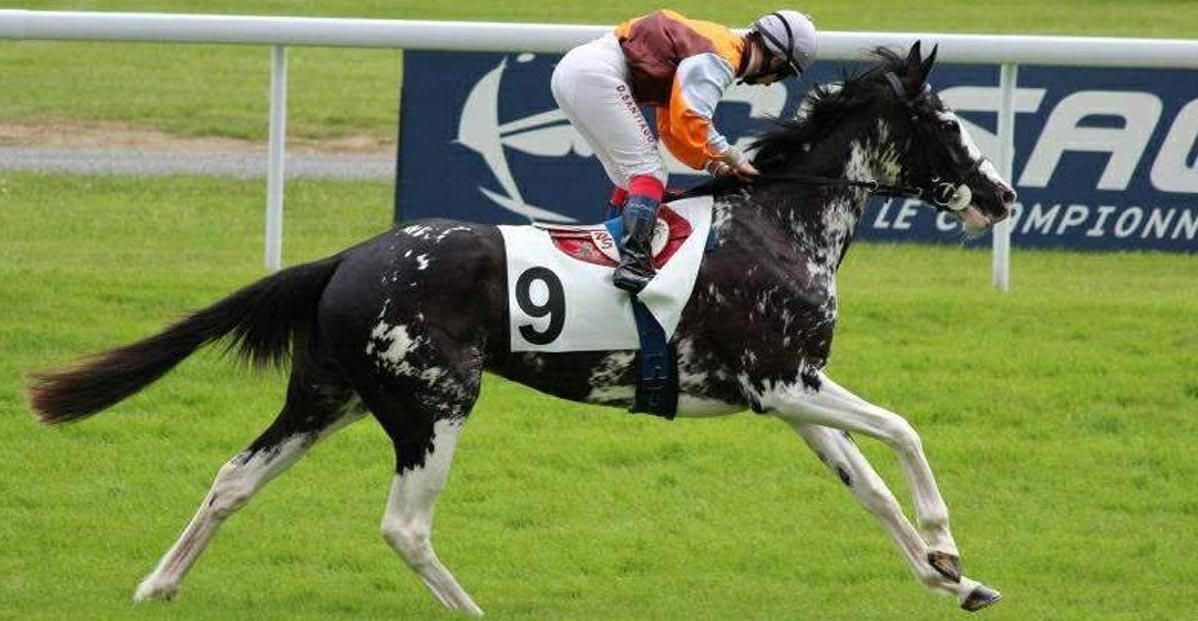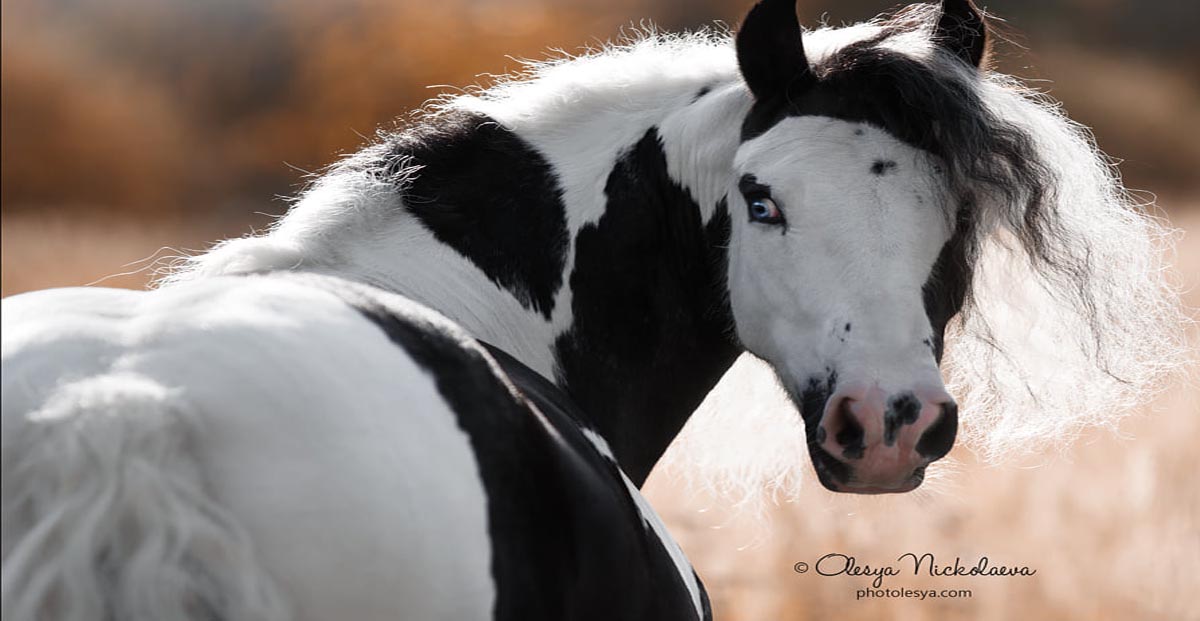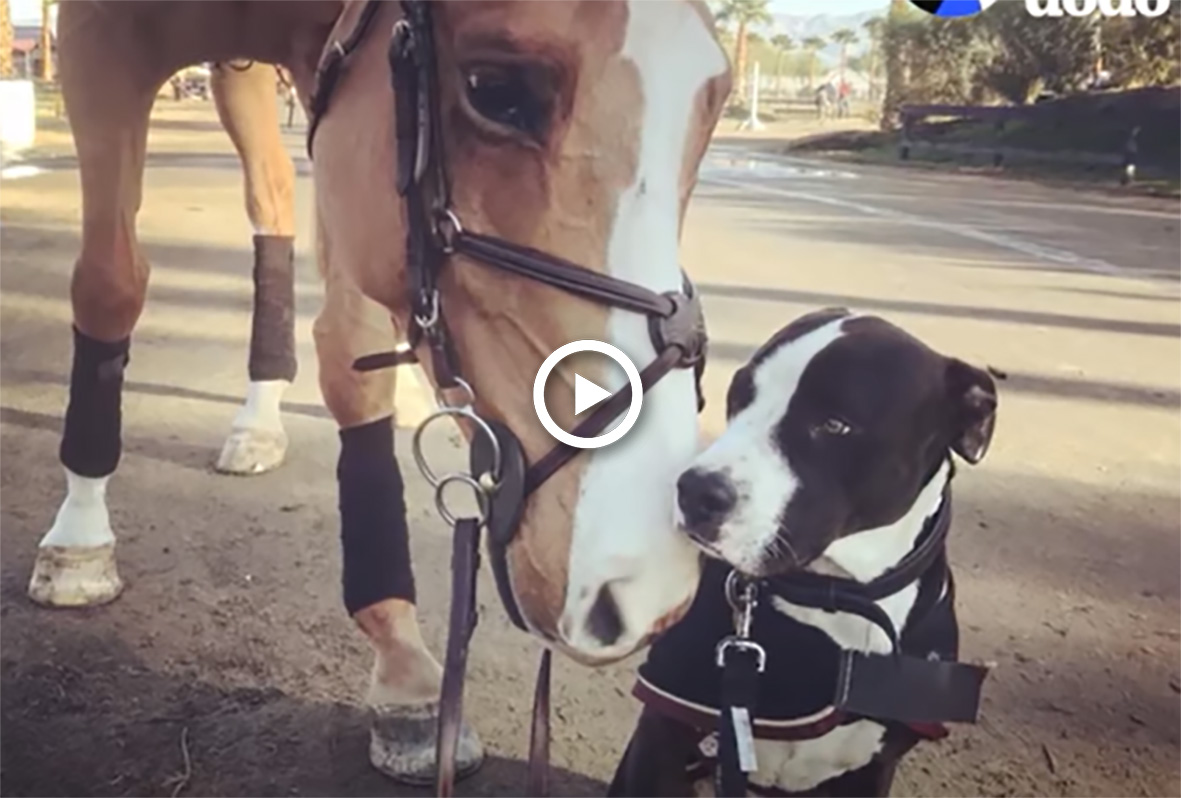Equine Sports Medicine
With the advent of modern equine culture and a strong growth in the number of high-performance athletic animals, horses are attracting and enthralling people who have a bold profile and are willing to suffer with great emotions to experience the taste of victory.
Contrary to what many people think, equine sports medicine is much more than working with animals that play sport, at the peak of their performance. Sports medicine begins long before animals are put to the test in disputes that in many cases end up requiring extreme effort and causing serious injuries, if they are not well prepared, trained and conditioned.
An individualized conditioning and training program, respecting the limits imposed by nature, aiming at maximum performance without compromising the animal`s athletic future is the objective of all professionals who are involved in the world of sport horse and have the responsibility and concern for integrity and animal welfare.
Knowledge of the intrinsic athletic characteristics of any individual, human or animal, and their performance potential is desirable in any sport. This characterization can be done through static and dynamic metabolic parameters. The most important static parameter is related to the type of muscle fiber, and the dynamic one is related to cardiac recovery indices, and the determination of the aerobic and anaerobic metabolic threshold of lactate.
In addition to these characteristics, a detailed and thorough clinical examination in order to assess the physiological parameters, the cardiorespiratory system, the musculoskeletal, tendon and ligament structures, joints, among others, is of fundamental importance for us to establish a capable training program to bring benefits and effectively condition the animal.
Some hasty attitudes can jeopardize the future of animals that, by chance, manifest some problem that is limiting for the effort. Although several factors interfere with the animal`s athletic performance, three are the most important: age, existence of cardiovascular disease and exercise intensity.
Therefore, when it comes to preparing a horse for a certain function, whether for functional events, running, endurance, horseback riding, pilgrimage, etc., we must keep in mind that we are dealing with a living being, and not with machines, and because of that caution and technique are required to reach the goal without jeopardizing the health and integrity of the horse.
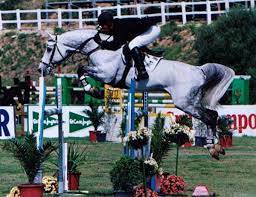
Contrary to what many people think, equine sports medicine is much more than working with animals that play sport, at the peak of their performance. Sports medicine begins long before animals are put to the test in disputes that in many cases end up requiring extreme effort and causing serious injuries, if they are not well prepared, trained and conditioned.
An individualized conditioning and training program, respecting the limits imposed by nature, aiming at maximum performance without compromising the animal`s athletic future is the objective of all professionals who are involved in the world of sport horse and have the responsibility and concern for integrity and animal welfare.
Knowledge of the intrinsic athletic characteristics of any individual, human or animal, and their performance potential is desirable in any sport. This characterization can be done through static and dynamic metabolic parameters. The most important static parameter is related to the type of muscle fiber, and the dynamic one is related to cardiac recovery indices, and the determination of the aerobic and anaerobic metabolic threshold of lactate.
In addition to these characteristics, a detailed and thorough clinical examination in order to assess the physiological parameters, the cardiorespiratory system, the musculoskeletal, tendon and ligament structures, joints, among others, is of fundamental importance for us to establish a capable training program to bring benefits and effectively condition the animal.
Some hasty attitudes can jeopardize the future of animals that, by chance, manifest some problem that is limiting for the effort. Although several factors interfere with the animal`s athletic performance, three are the most important: age, existence of cardiovascular disease and exercise intensity.
Therefore, when it comes to preparing a horse for a certain function, whether for functional events, running, endurance, horseback riding, pilgrimage, etc., we must keep in mind that we are dealing with a living being, and not with machines, and because of that caution and technique are required to reach the goal without jeopardizing the health and integrity of the horse.




